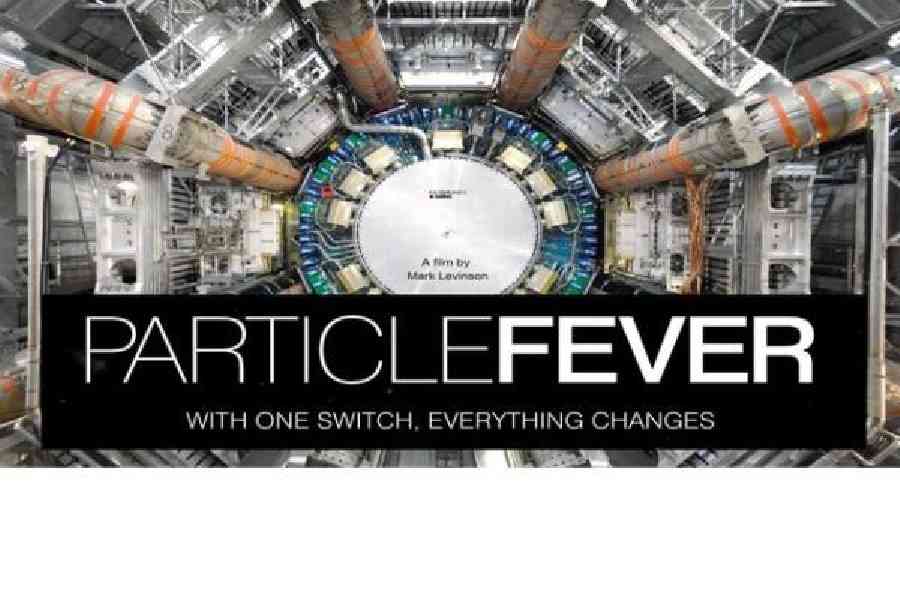If you think particle physics is an unpromising subject for a Broadway musical, you’re not alone. David Henry Hwang, the playwright of M. Butterfly fame, was unmoved when the idea was first pitched to him several years ago.
The basement performance, for a small crowd of Broadway insiders, investors and friends, was the first private reading of a new musical with a story by Hwang, and music and lyrics by Bear McCreary and Zoe Sarnak. The show recounts one of the biggest events in physics this century: the discovery in 2012 of the Higgs boson and the people behind it.
The production, still nascent, is based on Particle Fever, an award-winning documentary film in 2013 produced by David Kaplan, a film student turned physicist at Johns Hopkins University, and directed by Mark Levinson, a physicist turned filmmaker.
The mini-reveal in June was an important first step for Megan Kingery and Annie Roney, the producers, who have spent the past decade trying to forge the unlikely material into what they hope will become a Broadway musical.
The world’s biggest and most expensive science experiment entered reality in 2002, when construction began on the Large Hadron Collider. The goal: to smash together subatomic particles called protons, which compose the heart of ordinary matter, and to hopefully locate a Higgs particle in the debris.
The particle was first theorised to exist in the 1960s by Peter Higgs, an English physicist. Its discovery would explain why some subatomic particles have mass, and why there is diversity and life in the universe. Failure to find the particle would relegate much of modern physics to the wastebasket.
From 2006 to 2012, Kaplan and Levinson shot about 500 hours of film, following a half-dozen characters including Fabiola Gianotti, the steely leader of the team, and Monica Dunford, a young experimentalist.
The finished film brought to life the dreams, disappointments and triumphs of a handful of physicists who were betting their careers and their financial and
political capital on conjuring an ephemeral particle.
Along the way, in 2008, an electrical explosion damaged the collider, requiring months of expensive repairs. But that delay set the stage for a fairy-tale ending: on July 4, 2012, the Higgs revealed itself. Particle Fever won a communication award in 2015 from the National Academies of Sciences.
Roney is the founder and chief executive of ROCO Films, which distributed Particle Fever. She first saw it in 2013 at a film festival in Sheffield, UK, and fell in love with the idea of making a musical version, much to the surprise of Levinson and Kaplan, who gave their blessings anyway.
Kingery, a co-producer of the Broadway show Natasha, Pierre & the Great Comet of 1812, met Levinson at a gathering in New York. She mentioned that her distributor had the insane idea to turn the film into a musical.
They found themselves on the same page: Roney, who lives in California, knew film; Kingery lives in New York and knew theatre. For both producers, Hwang was their first choice to write the show. “It took a year to get my head around how to tell this story,” Hwang said.
In the meantime, the producers enlisted Sarnak to write the lyrics. She had studied biochemistry at Harvard, US, and grown up surrounded by physicists and mathematicians in Princeton, US. Filling out the creative roster is McCreary, a composer of movie and television scores. The director is Leigh Silverman.
A decade in, the team’s musical ambitions are still just at the starting line. Bringing a production to Broadway takes $20 million, on average. “We joke that probably the only thing harder than trying to build a Large Hadron Collider is trying to make a musical about the Large Hadron,” Kingery said.
NYTNS











